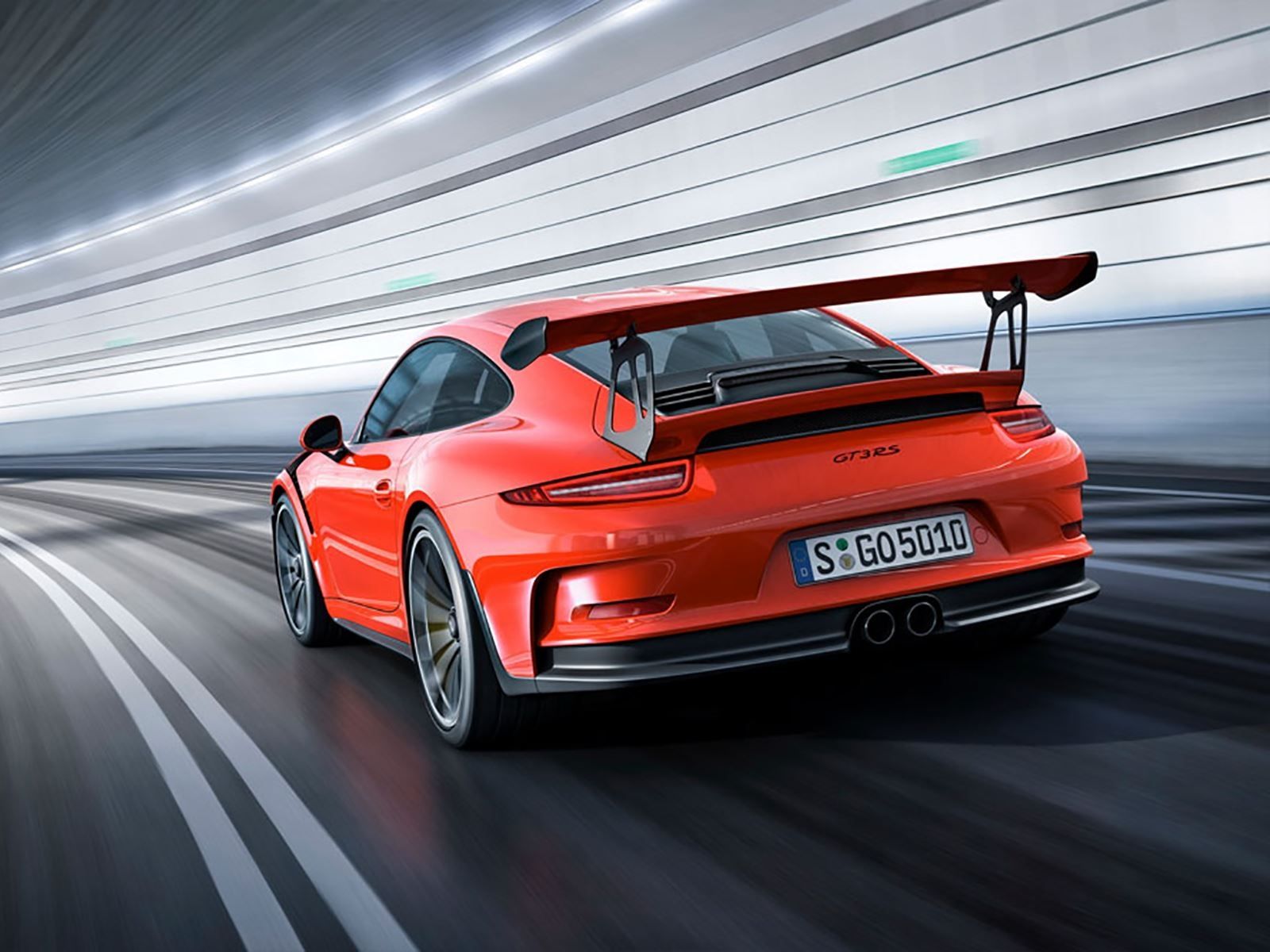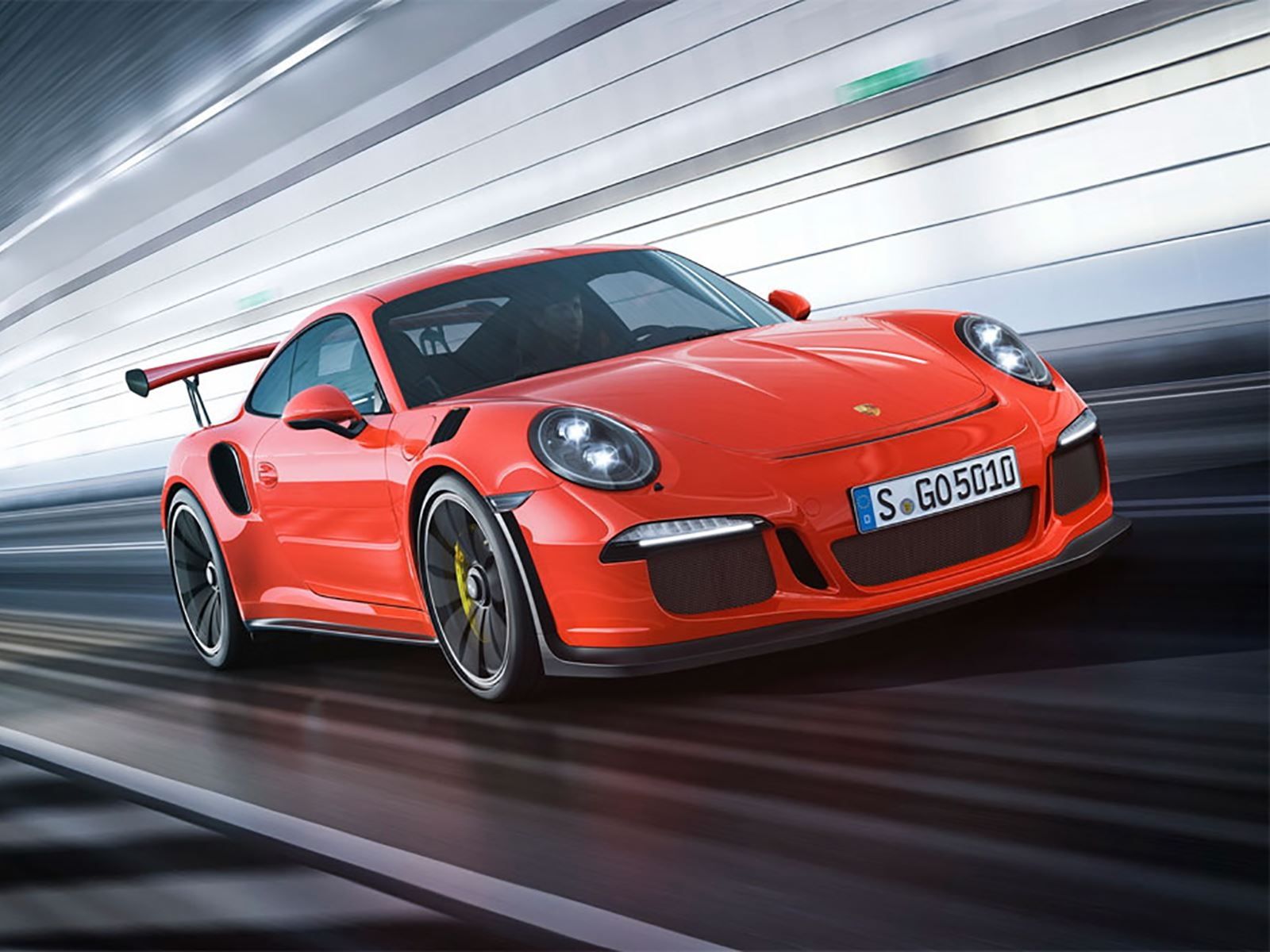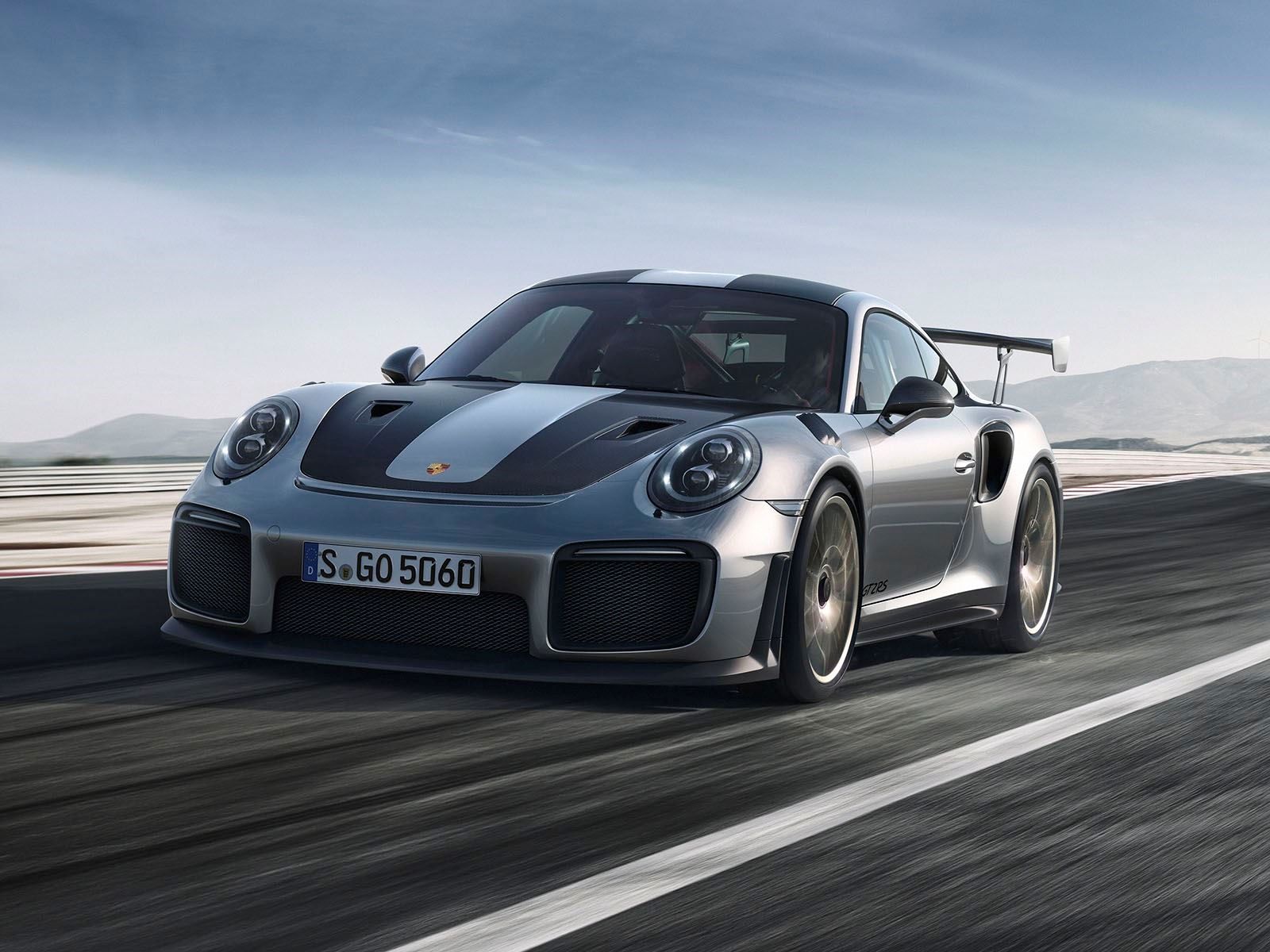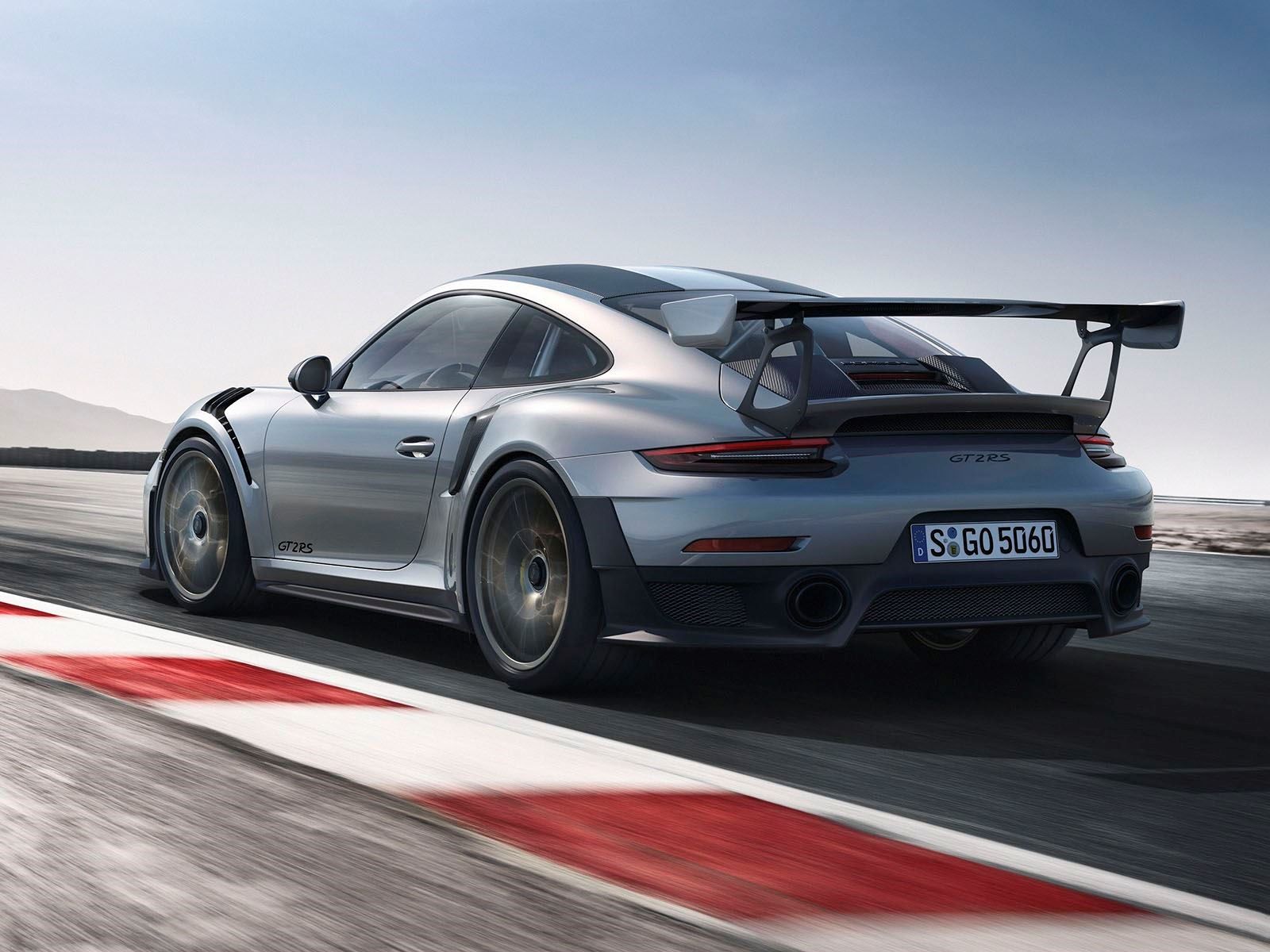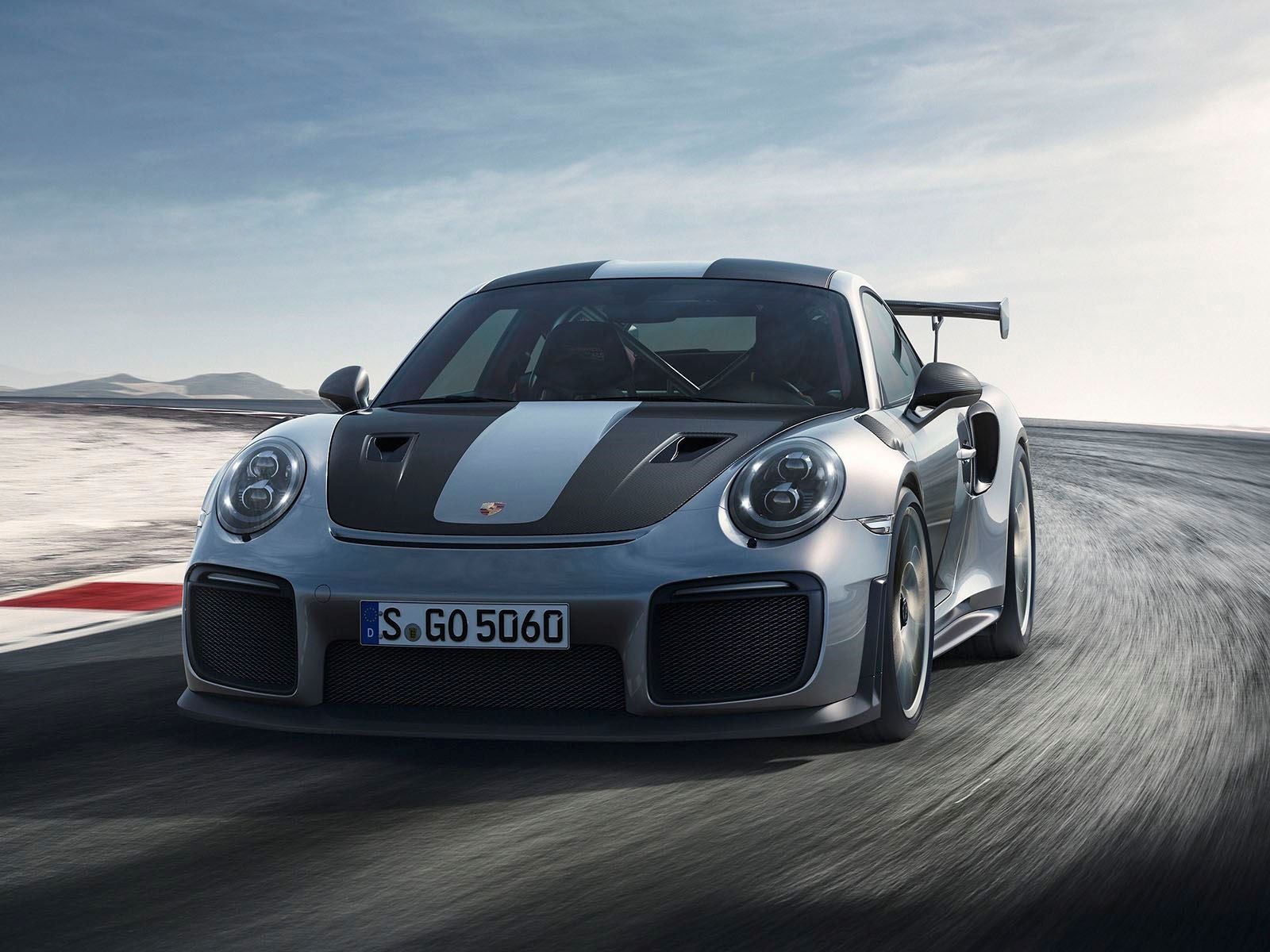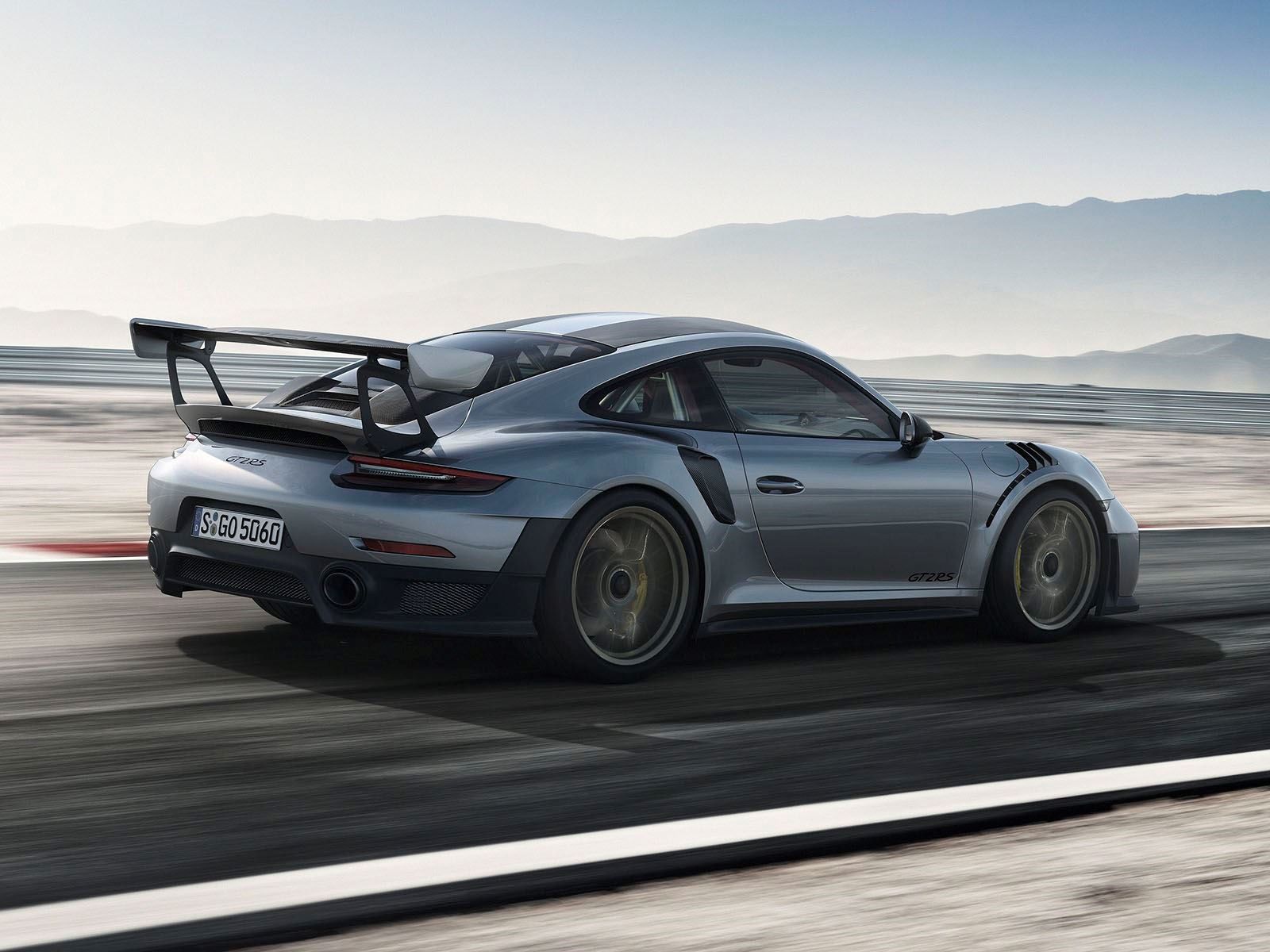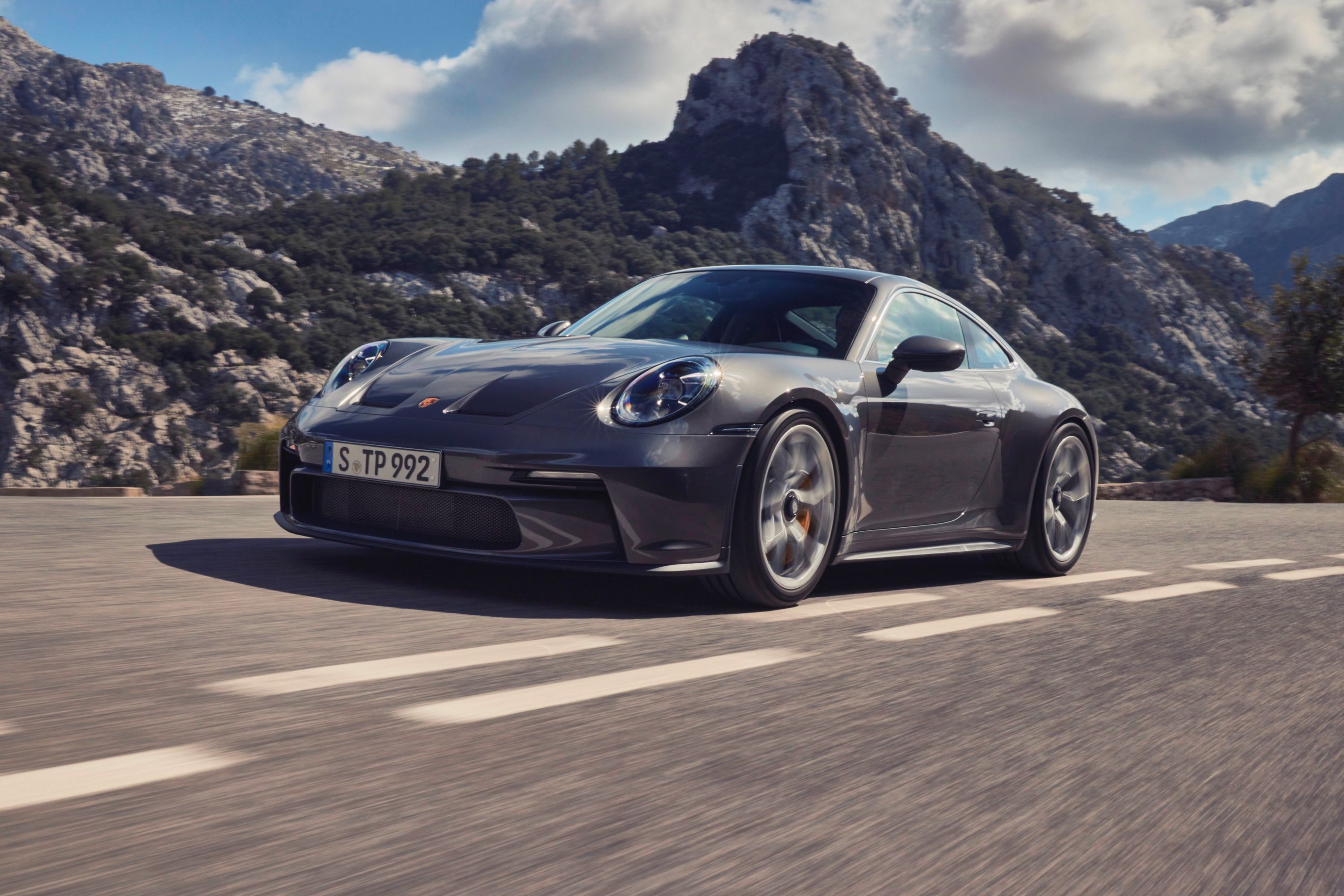
For decades, the Porsche 911 has been known for its rear-engine layout. This design was carried over from the 356 before it, and ever since its inception over 50 years ago the iconic German sports car has had its engine positioned behind the rear axle. There are a few exceptions: namely the motorsport-derived 911 GT1 from late 1990s, and the current 911 RSR which both feature mid-engine layouts. Even so, a rear-engine setup is a staple design feature of the 911, but is there any logic why the automaker stubbornly continues to favor this option?
After all, engine placement is one of the most crucial decisions an automaker must make when designing a car as it affects the cabin space, practicality, acceleration, braking, weight distribution, and driving dynamics. Allow your teacher Jason Fenske of popular YouTube channel Engineering Explained to educate you.
Fenske has some compelling arguments to explain Porsche's engineering logic, comparing four scenarios between a rear- and front-engined car while outlining the pros and cons. With less weight on the front axle, the 911 benefits from better weight transfer under braking, yet the extra weight at the rear axle is advantageous for acceleration. Porsche has built all-wheel drive 911s for 30 years now, a setup Fenske argues is ideal for a rear-engined sports car since the rear-wheel bias keeps it tail-happy allowing the front wheels to take care of braking and turning. If you're still doubting that this is an ideal layout, look no further than the rear-engined, 700 hp GT2 RS, which set a new lap record at the Nurburgring last year.

